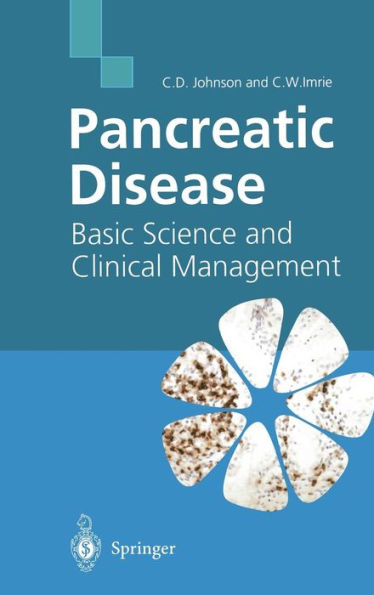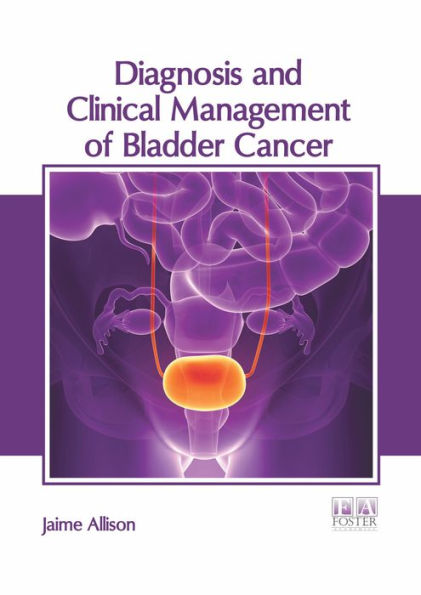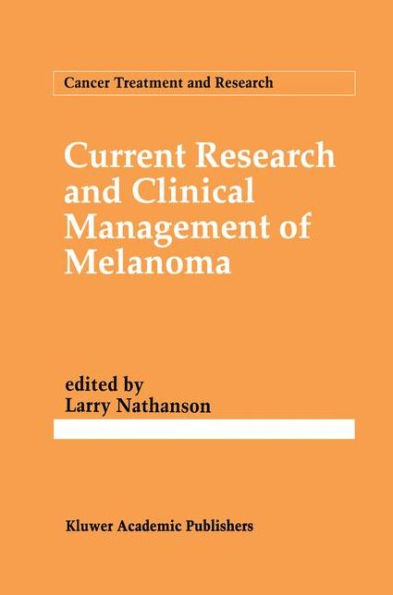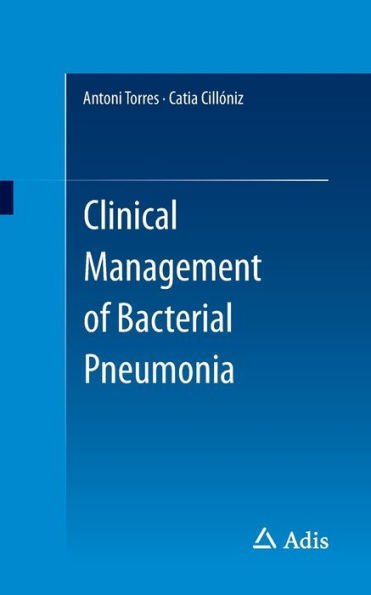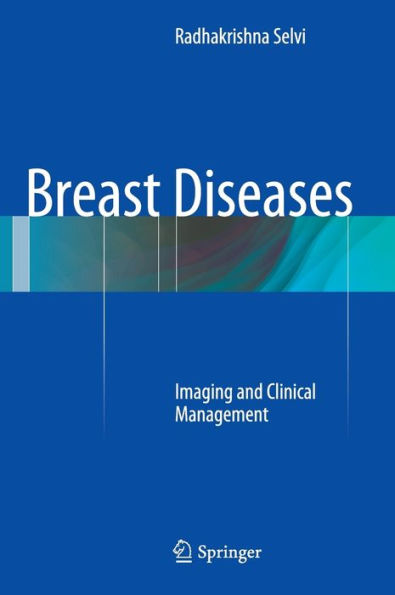Home
Clinical Management of Shock: The Science and Art of Physiological Restoration
Barnes and Noble
Loading Inventory...
Clinical Management of Shock: The Science and Art of Physiological Restoration in Franklin, TN
Current price: $155.00
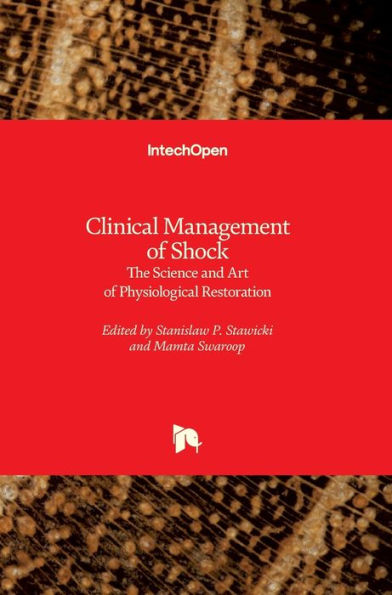
Barnes and Noble
Clinical Management of Shock: The Science and Art of Physiological Restoration in Franklin, TN
Current price: $155.00
Loading Inventory...
Size: OS
Shock is a physiological state of war! From a healthcare provider perspective, the word "shock" is associated with a mixed array of feelings, including dread, well-founded fear, and deep respect. The physiological state of shock is well recognized for the associated destructive consequences, and its successful management requires prompt identification, immediate action, and sustained effort by all members of the healthcare team. This mindset of advanced preparation and constant readiness constitutes the foundation of the modern approach toward shock - early detection and prompt treatment for optimal outcomes. Despite the heterogeneity of "shock" as a clinico-pathological entity, there are some common threads that permeate all forms and manifestations of shock, with apparent increase in observed commonalities in the more advanced (and often irreversible) stages of the systemic syndrome. When faced with shock, the body and its systems do their best to compensate for the maldistribution of oxygen and nutrients. This is known as the so-called compensated shock. Beyond that, the body loses its ability to adjust any further, thus descending into "uncompensated shock," with a refractory state characterized by vasoplegia and irreversible cardiovascular failure. As the reader journeys through the chapters of the book, he or she will read about various biomarkers and endpoints of resuscitation, explore different types of shock (e.g., septic, hemorrhagic, anaphylactic) and learn about some of the less often discussed topics such as neurogenic and spinal shock, as well as the amniotic fluid embolism. Our goals were to keep things clinically relevant and practically oriented, thus enabling the reader to apply the newly acquired knowledge in their everyday clinical routines. As the reader progresses through the book, we hope to help stimulate further discourse and innovative thinking about the topic. In this context, it is critical that basic, translational, and clinical research
Shock is a physiological state of war! From a healthcare provider perspective, the word "shock" is associated with a mixed array of feelings, including dread, well-founded fear, and deep respect. The physiological state of shock is well recognized for the associated destructive consequences, and its successful management requires prompt identification, immediate action, and sustained effort by all members of the healthcare team. This mindset of advanced preparation and constant readiness constitutes the foundation of the modern approach toward shock - early detection and prompt treatment for optimal outcomes. Despite the heterogeneity of "shock" as a clinico-pathological entity, there are some common threads that permeate all forms and manifestations of shock, with apparent increase in observed commonalities in the more advanced (and often irreversible) stages of the systemic syndrome. When faced with shock, the body and its systems do their best to compensate for the maldistribution of oxygen and nutrients. This is known as the so-called compensated shock. Beyond that, the body loses its ability to adjust any further, thus descending into "uncompensated shock," with a refractory state characterized by vasoplegia and irreversible cardiovascular failure. As the reader journeys through the chapters of the book, he or she will read about various biomarkers and endpoints of resuscitation, explore different types of shock (e.g., septic, hemorrhagic, anaphylactic) and learn about some of the less often discussed topics such as neurogenic and spinal shock, as well as the amniotic fluid embolism. Our goals were to keep things clinically relevant and practically oriented, thus enabling the reader to apply the newly acquired knowledge in their everyday clinical routines. As the reader progresses through the book, we hope to help stimulate further discourse and innovative thinking about the topic. In this context, it is critical that basic, translational, and clinical research
